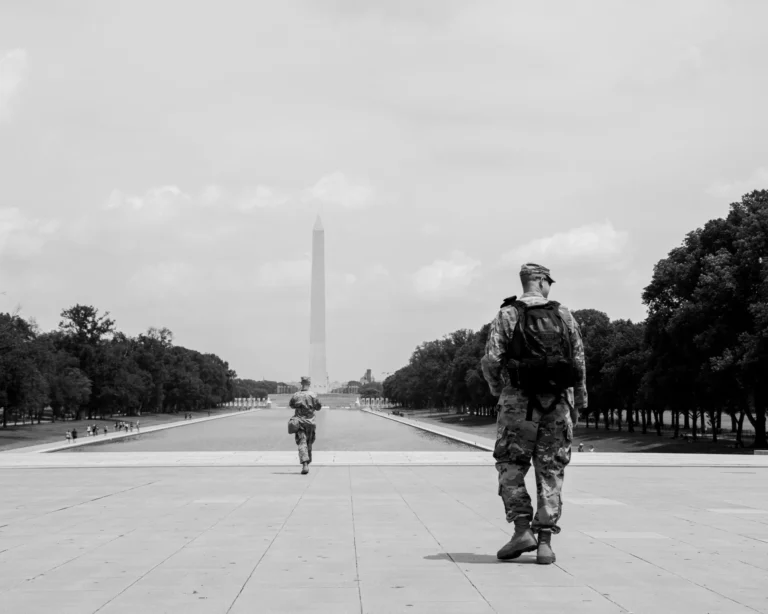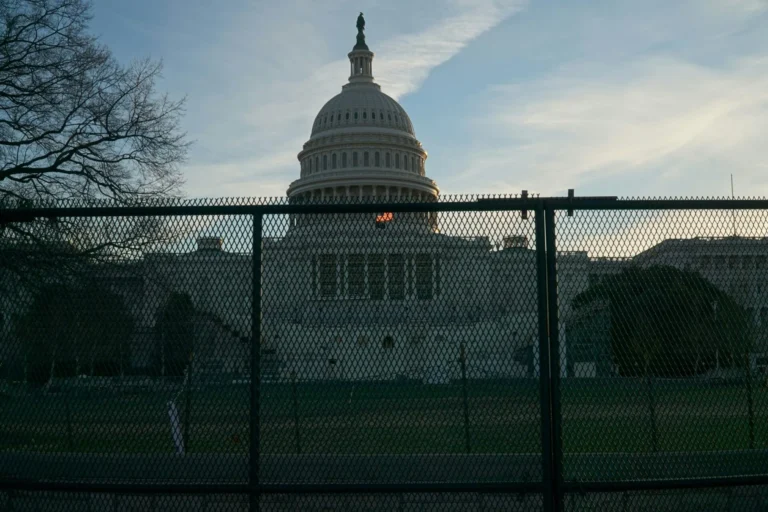Non-Lethal Weapons ‘can provide a forgiving means of imposing our will on adversaries,’ states a U.S. military study. Pentagon Considers The Use Of Non-Lethal WeaponsBy Cliff Montgomery – Nov. 27th, 2007Nonlethal weapons (NLW) were discussed in a fascinating Pentagon manual released in October.NLW “can provide a forgiving means of imposing our will on adversaries,” stated the U.S. military study.NLW normally will not cause fatal injuries, and may aid American forces in urban battles or similar environments where non-combatants exist alongside opposing forces.But “the existence of NLW does not represent the potential for ‘nonlethal war,’ and unrealistic expectations to that effect must be vigorously avoided,” the manual cautions.”NLW provide a wider range of options that augment, but do not replace, traditional means of deadly force,” it added.We provide the historical overview from the Pentagon report below:“In today’s operational environment, US forces regularly perform missions that were almost inconceivable a few decades ago. In this environment, lethal firepower or the threat of its use is not the default solution to all crises or problems.”Leaders face a high level of public and media sensitivity and scrutiny concerning the proper role of the military as an instrument of national power. Commanders must understand these sensitivities and attempt to achieve an appropriate level of military force.”Leaders must also apply the resulting decisions wisely, often in changing situations filled with uncertainty and danger.”Throughout history, changes in culture and technology have influenced the character of military force and the manner in which it is employed. These changes are an attempt to maximize military force options in the operational environment. NLW are an integral part of joint operational capabilities. Joint forces anticipate that NLW technology will advance and provide additional options for force commanders.”Military forces use NLW to influence the behavior of adversaries. Examples of NLW include a show of force, physical obstacles, blunt impact munitions, noise to create or enhance psychological effects, and using light and directed energy systems to disorient combatants.”Nonlethal (NL) means will remain relevant in future operations and are a part of an evolutionaryprocess of weapons development.”Joint operations in Somalia, RESTORE HOPE, provided increased awareness of the need to incorporate NLW into a force commander’s tool box. (In October 1993, American forces were over-run by a mob consisting of two to three thousand militia commingled with civilian non-combatants. The situation resulted in 18 Americans and an estimated 1,000 Somalis killed.)”Therefore, the Department of Defense (DOD) established the Joint Nonlethal Weapons Program (JNLWP) in 1996 to research, develop, and acquire NL capabilities.”Increased interaction between US forces and civilian populations is a feature of the contemporary operational landscape, and will remain so in the future. Three factors account for this forecast:
- (a) Worldwide patterns of population growth and migration have resulted in an expansion of urban culture within established industrialized nations, as well as many pre-industrial and emerging third world societies.
- The prevalence of urbanization in many crisis-prone regions of the world creates the potential for large, vulnerable groups of civilians to be entrapped in volatile confrontations involving the deployment of military forces in military operations in urban terrain.
- (b) US forces increasingly operate in missions such as humanitarian assistance, disaster relief, noncombatant evacuations, and various types of peace operations. These operations commonly involve close and continual interaction between US forces and noncombatant civilians.
- Some operational scenarios include the presence of paramilitary forces, armed factions, or rogue elements that present a constant, but uncertain threat to US forces. In these situations, the mission of US forces includes preventive tasks.In other words, US forces enhance mission accomplishment by preventing individuals or factions from carrying out specified undesirable activities, such as rioting, looting, attacking, harassing, or threatening.Often, the adversary blends in with the local population of innocent citizens. At other times, sectors of the local population may rise against US forces and become active participants in acts of violence. Factional alignments, the level of violence, and the threat to mission accomplishment, may change frequently with little or no warning.Under such circumstances, the identity of adversaries is uncertain and the use of deadly force for purposes other than self-defense may be constrained by standing rules of engagement/standing rules for the use of force (SROE/SRUF), or [by] the judgment of the on-scene commander.
- (c) From a defense-in-depth or situational understanding perspective, force protection, homeland security, and anti-terrorism missions require that US forces assess the use of NLW as a response to potential asymmetric attacks.
- Asymmetric threats run the spectrum of adversarial use of innovative or non-traditional strategies, tactics, or technologies to exploit vulnerabilities and strike a decisive blow while avoiding the strengths of US forces. The objectives of these strikes are intended to undermine national will.Terrorist attacks such as those directed against the USS Cole, World Trade Center, and Pentagon, highlight the severity of the asymmetric threat and its resultant effects.”
Like what you’re reading so far? Then why not order a full year (52 issues) of thee-newsletter for only $15? A major article covering an story not being told in the Corporate Press will be delivered to your email every Monday morning for a full year, for less than 30 cents an issue. Order Now!





